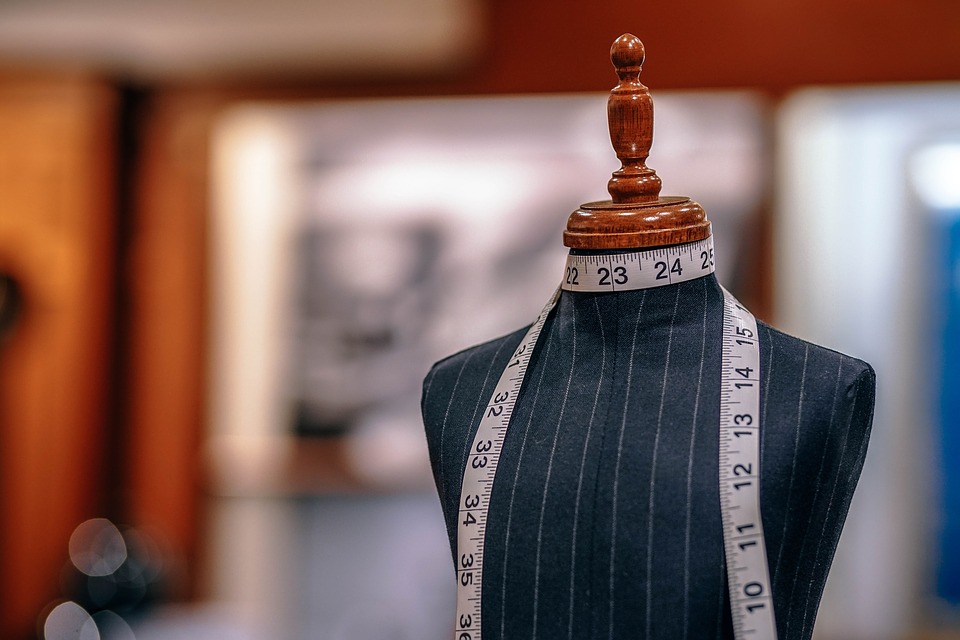Microfiber, as its name suggests, is a textile fiber that is smaller than one denier, which is the unit of measurement for the fineness of fibers and threads. For comparison, a strand of silk is about one denier in diameter. They are made from polyamides like nylon and Kevlar, polyester, or a combination of polyamide, polyester, and polypropylene.
The first microfibers, which were already as fine as 0.7 denier, were manufactured as early as the 1950s, although the first successful iteration of microfibers were developed around 1960s and became available commercially available in the 1970s. Microfibers received widespread popularity in the early 1990s, and has since been used in various applications.
Microfiber: For Cleaning and Beyond
One of the most popular applications of microfiber cloths is, of course, for cleaning tools and accessories. This is because microfibers, specifically split microfibers, are structured so that they are multi-stranded; when you pass it over a dusty surface, the fibers trap and retain the dirt within the multiple strands. Microfibers are also positively charged, which is why they easily attract and lift dust particles, which are negatively charged. They also don’t leave behind any lint, unlike cotton cleaning cloths. When you wash the microfiber cloth in hot water, the fibers uncurl and only then will the trapped dirt be released.
Other applications of microfiber include the following:
- Clothing and fashion accessories. Athletes can benefit from garments made out of microfiber, because the material wicks perspiration away from the body, making the wearer feel cooler and dryer. Microfiber is also ideal for swimwear and other water sports apparel. Apart from these, microfiber can also be used for general clothing, such as shirts, skirts and pants, scarves, and jackets; clothing made from microfiber are soft to the touch and come with the added bonus of being stain resistant. Ultrasuede, a synthetic ultra-microfiber fabric, has also been used to replace leather in fashion accessories like wallets, shoes, purses and bags, and even cellphone cases.

Image credit
- Insulation and weather protection. Many of us know that microfiber cloths are used for cleaning and waxing cars. However, did you know that microfiber materials can also be used to protect your car from the weather? Some automotive covers are made with microfibers for increased water insulation.
Camping gear like sleeping bags also benefit from microfiber materials as thermal insulation, since they can retain heat better when they are damp or wet. Similarly, sportswear and other outdoor apparel can be made with microfiber to ensure better insulation while keeping the breathability of the fabric. These garments can be made wind- and waterproof without the adding extra layers of coatings or membranes.
- Medical and filtration applications. Nonwoven microfiber are ideal for various medical applications, like face masks, beddings, hospital gowns and scrubs, and surgical packs. This is because nonwoven microfiber is cheaper, more versatile, safer, and, if needed, can be disposed easily.
Due to their fine structure, microfiber fabrics can also be used in filters that have high fluid passage speeds and high extraction performance. It is also easier to clean the particles from a microfiber filter. Ultra-fine nonwoven microfibers can also be charged with electricity to attract and absorb charged dust particles.
- Furniture and home accessories. Microfiber furniture such as beds and sofas are becoming more and more popular because they are virtually stain- and waterproof. Microfiber upholstery fabrics that mimic suede or leather (like Ultrasuede) also provide economical yet classy alternatives to more expensive materials. Tablecloths, bed and pillow covers, and cushions are also popular applications of microfibers. Microfibers are also used in towels, especially those marketed toward water activities like swimming. However, these towels need to be first soaked in water and then pressed; otherwise, they would repel water.
 Image credit
Image credit
One noted unsuccessful attempt to implement microfiber technology is in NBA. The league used basketballs with microfiber shells in the 2006-2007 season. The balls did not require a “break-in” period as opposed to leather balls and are also less slippery since it can absorb sweat and oil. However, players complained that the balls did not bounce like the leather ones, and the league reverted to the old balls by January 1, 2007.
Barring this, however, most applications of microfiber technology have largely been successful. Soft yet strong, high-performance yet low-maintenance, microfibers have definitely cemented their place in various industries.
Featured Image

